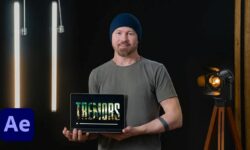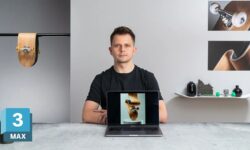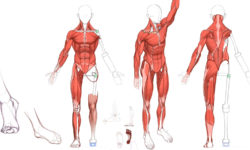Basic Lighting for Audiovisual Projects (Spanish, Multisub)
Release date:2022
Author: Enrique Silguero
Skill level:Beginner
Language:Spanish
Exercise files:Yes
Learn to use the light as a feeling generator in your film works
A director of photography, in a nutshell, realizes a director’s vision through light. It is responsible for giving the desired look to a piece, using lights, shadows, color and composition to establish a narrative and generate the emotion that the director wants to awaken in the viewer.
In this course you will learn basic lighting techniques from the hand of Enrique Silguero, director of photography with experience in the largest television networks in Spain and in film projects, advertising and music videos.
At the end of the course you will understand the work of a cinematographer and you will be ready to start creating the visual aesthetics of your audiovisual projects.
About this course
You will start by getting to know Enrique and doing a brief tour of his professional career. You will know references and relevant authors related to the light in the world of direction, photography and painting, that Enrique has served to improve his work.
Then you will prepare your project, understanding the important aspects that must be taken into account on light, color and space, and then create a dossier or style book that will define the look of the project.
You will learn basic lighting concepts, starting with the choice of space and its attributes, and the narrative language of your camera’s optics. Then you will learn about the types of light, its direction, the contrast between two lights, to end with the classic scheme of three lights for an interview.
Once you have learned the classics, you will have the opportunity to break with the schemes to create your own style experimenting with different planes, lights and optics. You will also learn to work light in an outdoor setting, and in a space that you previously have no reference to before tackling it.
Finally, you will learn some keys and postproduction tips to achieve an academically correct grading.
What is this course’s project?
Throughout the course, you will realize three projects: you will adapt a space for an interview with artificial or natural light and assemble the plan, you will create a small staging for a fiction and, finally, you will carry out an outdoor practice, taking into account the environment and the perfect time.
Who is it for?
To anyone interested in learning to illuminate their audiovisual projects.
What you need
You will need a camera that records video, accompanied by three optics: angular, normal and tele. You will also need to have three LED lights and two reflectors.
Finally, it is necessary to have a computer with DaVinci Resolve (free) installed.





 Channel
Channel





